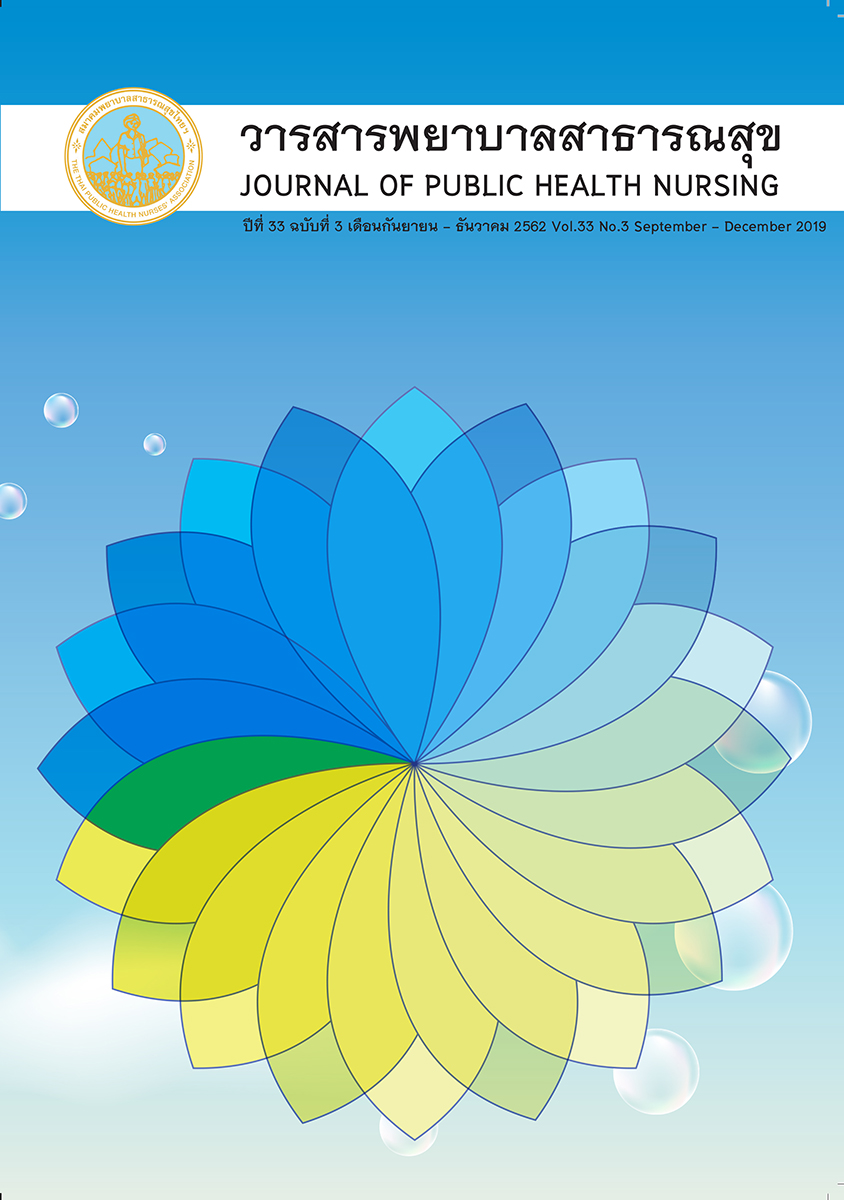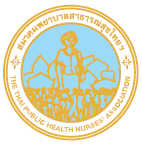The Nurse’s Role in Providing Knowledge of Thalassemia Screening for Pregnant Women
Keywords:
Pregnant women, Beta Thalassemia, Screening, Providing knowledge, Nurse’s RoleAbstract
Beta Thalassemia is a genetic disorder inherited from a person’s parents which is violently to mildly severe, for the fetus when inherited from a carrier. The objective of this article is to provide pregnant women with knowledge of Thalassemia screening through complete blood tests since parents may be at risk with possible effects to their babies. . Possible effects to the fetus vary. Couples who are both Beta Thalassemia carriers can pass the disease to their babies causing a violently severe condition. The second and third level couples are at risk of being Beta Thalassemia or E- Hemoglobin carriers and can transmit the disease to their babies with the possibility of one in four or two in four rates from a a reduced Beta Thalassemia/E-Hemoglobin inheritance. These genetic disorders are inherited to their descents cyclically.
The reason for providing knowledge of Beta Thalassemia screening to couples at risk with pregnant women is to initiate an awareness of the disease and right decision-making. Therefore, relevant content should be comprehensive and concise. Additionally, apart from making use of advanced information technologies, it is necessary that self-efficacy with four main features of Bandura’s behavior change theory (Bandura 1997) should be introduced. Since pregnant women generally have a strong sense of personal efficacy and believe in their capabilities, this approach commonly leads to correct practices.
References
Veravit P. Essential Prenatal Screening and Diagnosis: Thalassemias. 32rd Obstetrics.and Gynecology Conference -Form Women, s Health Care Sustainability. 2018 on 17th- 20th October 2017 at Khauyai Convention Center (KYCC) The Royal Thai College of Obstetricians and Gynecologist: P.A. Living Ltd; 2018. p187-96.
Narong S. Thalassemia [Internet]. 2015 [cited 2015 December 7]. Available from https://www.thaihealth.or.th/Content/2419.html.
Ponpimol R. Thalassemia in Pregnancy: From Theory to practice. 33rd Obstetrics and Gynecology Conference - Theme: Chat before Care. 2018 on 23rd 24th October 2018 at Dusit Thani Hotel, Pattaya, Chonburi Province. The Royal Thai College of Obstetricians Gynecologist: P.A. Living Ltd; 2018. p. 187-96.
Ampai J. Basic fundamental of Midwifery, Bangkok: Krongchang Printing; 2011.
Supatra S, Anuvat S. Thalassemia: Lab Interpretation. 33rd Obstetrics.and Gynecology Conference - Form Women, s Health Care Sustainability. 2018 on 17th- 20th October 2017 at Khauyai Convention Center (KYCC) The Royal Thai College of Obstetricians and Gynecologist: P.A. Living Ltd; 2018. p. 330-3.
Murray SS, Mckinney ES. Foundation 0f Maternal - Newborn and Women, S Health Nursing. St Louis: Elsevier Suanderss; 2014. p. 217-8
Ounjai K. Thalassemia Really to Really. 2011 on 4th – 7th October 2011, Dusit Thani Hotel, Hua Hin, Petchaburi Province. The 26th of The Royal Thai College of Obstetricians and Gynecologist; 2011. p 150-4.
Yuen T, Vorapong P, Eekachai K. Maternal Fetal Medicine. Third written and edited: Bangkok: The Royal Thai College of Obstetricians and Gynaecologists; 2012. p. 201-22.
Vithaya T, Nisarat P, petak O. PerinatalMedicine in Practice (2nd printing). Bangkok: Union ation; 2009. p 1-2.
Poosanisa P, Prekamol R, Wariya M. Impact of a Self Care Development Programme for School age Thalassemic Chidren and Their Caregivers ability on The Children, s Self - Care Behaviour. TheJournal of Nursing counsil 2016; 31(2); 52-68. (in Thai)
Bandura A. Self efficacy: the exercise of control: Worth Publishers; 1997. p. 248.
Daruni S, Songjai S. Role of Nurse in Screening Program for Thalassemia trait. Perinatal Medicine in Practice. 2nd Printing. (Editor) Thitaphan V, Pitakvachara N, Oprasertsawat P. Bangkok: Union Creation; 2009. p. 65- 70.
Johnson JY. Maternal - Newborn nursing. Newyork: McGraw-Hill; 2010. p. 375-6.
Boonchu P. The Thai Society of Hematology, knowledge for people by Blood deficiency in babies. (Anemia) Pediatrics Hematology and Oncology, Faculty of Medicine Siriraj Hospital, Mahidol University [Internet]. 2017 [cited 2019 October 2]. Available from http://tsh.or.th/Knowledge/Details/45.
Viboon R, patama P, nopadol C, Jitima R, Chantama K. Clear Contemporary Empathy Practitioner in Maternal-Fetal Medicine. Bangkok: Union Creation; 2013. p. 1-2. (in Thai)
Thalassemia, Symptoms & Condition: 9 ways for Thalassemia Treatment [Internet]. 2017 [cited 2019 November 10]. Available from http://www.Medthai.com./Thalassemia
Chonthicha T, chanent V. ANEMIA IN PREGNANCY [Internet]. 2017 [cited 2019 October 10]. Available from: https://w1.med.cmu.ac.th/obgyn/index.php?option=com_content&view=article&id=1372:2017-10-25-02-02-51&catid=45&Itemid=561.
Kandit P, Aekaarat R, Adisak T, Nongluk K, Jantrapa S. Common Problems and Emergencies in Hematology. Bangkok: Namagsorn printing; 2016. 66-75.
Downloads
Published
How to Cite
Issue
Section
License
บทความที่ตีพิมพ์และแผนภูมิรูปภาพถือเป็นลิขสิทธิ์ของวารสารพยาบาลสาธารณสุข (Thai Public Health Nurses Association)







